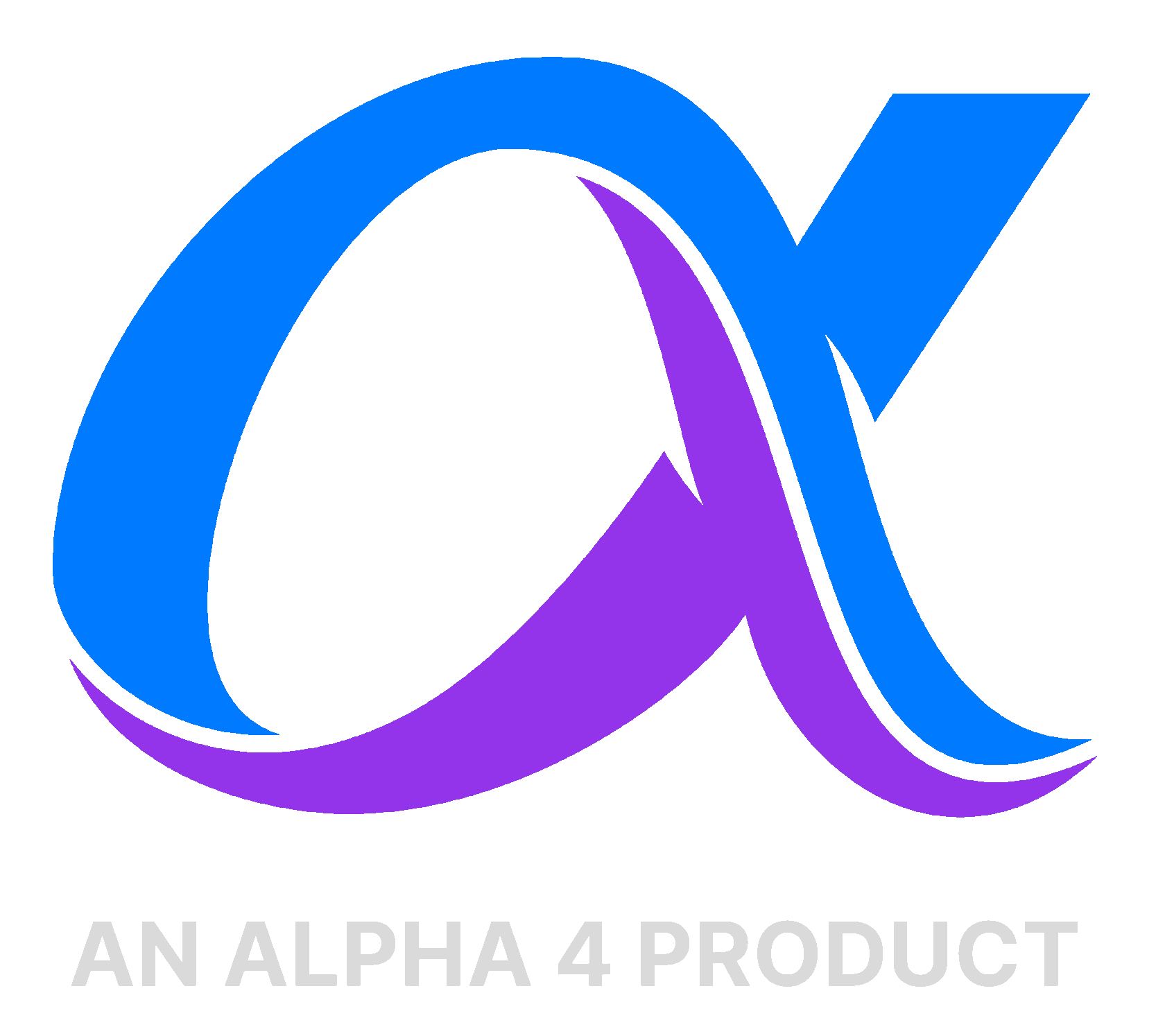In the rapidly evolving world of decentralized finance (DeFi), cross-chain bridges have emerged as essential tools, enabling the transfer of assets across disparate blockchain networks. However, beneath their utility lies a foundation riddled with systemic vulnerabilities and user experience challenges. This article delves into the inherent fragility of current cross-chain liquidity solutions, examining how bridges, relayers, and wrapped assets contribute to systemic risks and hinder seamless user interactions.
The Backbone of Cross-Chain Liquidity: Bridges and Wrapped Assets
Cross-chain bridges function by locking assets on one blockchain and minting equivalent "wrapped" tokens on another. For instance, transferring Bitcoin to Ethereum involves locking BTC and receiving Wrapped BTC (wBTC) on Ethereum. This mechanism facilitates asset mobility across chains, promoting liquidity and interoperability. However, it introduces significant trust dependencies and potential points of failure.
Wrapped assets, by design, are representations of the original tokens and rely on the integrity of the bridge's custodial mechanisms. If the bridge is compromised, the value and redeemability of the wrapped tokens are jeopardized. This dependency creates a single point of failure, making the entire system susceptible to attacks and malfunctions.
Wrapped assets, by design, are representations of the original tokens and rely on the integrity of the bridge's custodial mechanisms. If the bridge is compromised, the value and redeemability of the wrapped tokens are jeopardized. This dependency creates a single point of failure, making the entire system susceptible to attacks and malfunctions.
Systemic Risks Embedded in Cross-Chain Infrastructure
1. Centralization Concerns
Despite the decentralized ethos of blockchain technology, many cross-chain bridges operate with centralized components. These include trusted custodians or a limited set of validators responsible for managing asset locks and mints. Such centralization not only contradicts the principles of decentralization but also introduces vulnerabilities. If these central entities are compromised, whether through hacking or internal malfeasance, the entire bridge's security is at risk.
2. Smart Contract Vulnerabilities
Bridges often rely on complex smart contracts to manage cross-chain transactions. These contracts, if not meticulously audited and tested, can harbor bugs exploitable by malicious actors. Notable incidents, such as the Wormhole Bridge hack resulting in a $320 million loss, underscore the catastrophic potential of smart contract vulnerabilities.
3. Liquidity Fragmentation
The proliferation of wrapped tokens across various chains leads to fragmented liquidity. For example, multiple versions of USDC or ETH on different chains can dilute liquidity pools, resulting in inefficiencies and increased slippage during trades. This fragmentation hampers the overall efficiency of DeFi markets and complicates asset management for users.
4. Oracle and Relayer Risks
Bridges often depend on oracles and relayers to transmit data between chains. These components, if centralized or inadequately secured, can become attack vectors. Manipulating oracle data or compromising relayers can lead to incorrect asset minting or unauthorized transfers, undermining the bridge's integrity.
User Experience: Navigating a Complex Landscape
Beyond the technical vulnerabilities, the user experience (UX) associated with cross-chain liquidity solutions is fraught with challenges:
These UX challenges not only hinder adoption but also expose users to additional risks, such as phishing attacks or accidental loss of funds due to complex procedures
- Complexity: Users often need to interact with multiple interfaces, wallets, and tokens, increasing the likelihood of errors.
- Delays: Cross-chain transactions can be time-consuming, with some bridges requiring extended periods for confirmations or withdrawals.
- Cost: Transaction fees can accumulate, especially when moving assets across multiple chains or using bridges with high gas requirements.
- Trust Issues: The necessity to trust bridge operators or custodians contradicts the decentralized nature of blockchain, potentially deterring users wary of centralized control.
These UX challenges not only hinder adoption but also expose users to additional risks, such as phishing attacks or accidental loss of funds due to complex procedures
Paving the Way Forward: Towards Robust Cross-Chain Solutions
Addressing the fragility of current cross-chain liquidity solutions requires a multifaceted approach:
Innovations like canonical asset bridging, which utilize native assets instead of wrapped tokens, offer promising alternatives. By eliminating the need for trust in wrapped assets, these solutions can reduce systemic risks and streamline user interactions
- Decentralized Bridge Architectures: Developing bridges that minimize central points of control can enhance security and align with blockchain's decentralized principles.
- Enhanced Smart Contract Auditing: Rigorous testing and third-party audits of bridge smart contracts can mitigate vulnerabilities and prevent exploits.
- Unified Liquidity Pools: Implementing mechanisms to consolidate liquidity across chains can reduce fragmentation and improve market efficiency.
- Improved UX Design: Simplifying interfaces and processes can make cross-chain interactions more accessible, reducing user errors and enhancing overall experience.
Innovations like canonical asset bridging, which utilize native assets instead of wrapped tokens, offer promising alternatives. By eliminating the need for trust in wrapped assets, these solutions can reduce systemic risks and streamline user interactions
Conclusion
While cross-chain bridges have been instrumental in advancing DeFi's interoperability, their current implementations are marred by systemic vulnerabilities and user experience challenges. To foster a more secure and user-friendly cross-chain ecosystem, it is imperative to address these issues through decentralized architectures, robust security measures, and intuitive design. Only then can the full potential of cross-chain liquidity be realized, paving the way for a truly interconnected blockchain landscape.
Alpha Genesis is live now on Sui testnet, offering a first look at the future of Web3 liquidity, without the fragility of bridges or the instability of wrapped assets. Users can stake testnet $SUI into escrow, earn non-transferable Alpha Points, borrow against their staked position, and simulate bridgeless cross-chain swaps using testnet assets. It’s a hands-on demo of how seamless, secure, and scalable liquidity should work, built on Sui’s parallel execution engine and Move-based architecture. Try it now and help us build what comes next.








